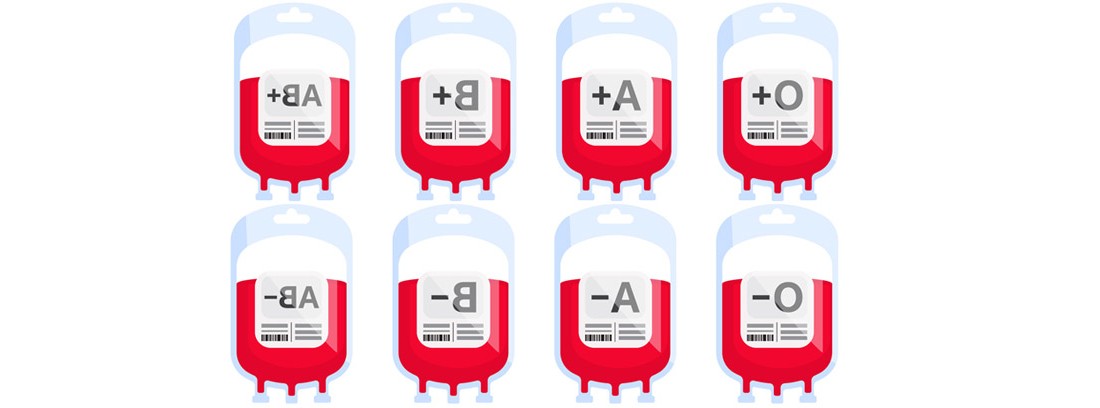Blood test

The blood test consists of the drawing a small amount of blood of the patient's circulatory system that will later be preserved in suitable media and taken to be analyzed in a laboratory specialized in this type of study. Generally, the blood sample is drawn from a vein, hence the alternative names for venipuncture or phlebotomy; but there are special situations in which the blood sample is taken from an artery, the ball of the fingers, and so on.
How to perform the exam?
Generally, the blood draw is performed by a nurse or a nursing assistant within an office. The exam usually lasts about 5 minutes.
- During the blood collection the patient will remain sitting or lying on a stretcher
- you will be asked to hold extended one of his arms avoiding moving it while the extraction is being carried out.
- The professional locate a vein in the arm For the puncture, generally a vein located in the anterior face at the level of the elbow flexion, will place a elastic band immediately above the puncture point to favor the filling of the vein and the subsequent extraction of blood.
- The puncture site is disinfects by using a sterile gauze soaked in alcohol.
- To take the blood sample, a Hypodermic needle and a plastic syringe, both disposable. Usually a small sample of blood, of about 10 cc, although special studies may require a larger sample.
- After the puncture, a sterile dressing over the puncture site and the patient will be asked to apply gentle pressure for a few minutes until the puncture site is no longer bleeding.
Preparation for the exam
The blood test does not require any special preparation on the part of the patient. Frequently, the patient will be asked to fast for 8-10 hours prior to extraction since some study values may be modified with food intake. Sometimes, depending on the reasons for the blood test, the patient's doctor will ask you to avoid taking a specific medication or food a few hours or days before the exam.
At the time of the extraction, the patient should tell the professional if he is undergoing any type of treatment, especially with anticoagulants, or if he has suffered any type of infection in the days prior to the examination.
What will it feel like during and after the exam?
Drawing blood is mildly painful as the type of needle used is a small gauge. The patient can feel slight pressure on your forearm when placing the elastic band and as a small pinch at the time of puncture.
The presence of dizziness or loss of consciousness of the patient after puncture given that the amount of blood extracted in most cases it is very small; on the rare occasions when it occurs, it is usually due to fear from the patient's own before a simple and practically painless test or prolonged fasting.
Study risks
The risks are minimal and easily treatable by your doctor:
- Discomfort at the puncture site
- Small bleeding in patients with coagulation disorders
- Hematoma at the puncture site
- Phlebitis (inflammation / infection of the vein used in the puncture)
The patient should before performing the examination in case of taking or using anticoagulants.
You have doubts?Sign up for Savia, MAPFRE's digital health services platform that allows you to speak for free by chat or video consultation immediately with a doctor to resolve all your medical questions.
In addition, you can buy one and check your results directly in Savia.
SIGN UP FREE
What is the study done for?
blood analysis is one of the most useful tools basic, useful and commonly used in the field of Medicine due to the fact that the extraction technique is relatively simple and the analysis of the sample by specialized laboratories provides very valuable information on the health status of the person. It allows to know the blood group of a person, to know if a woman is pregnant and the moment of her pregnancy; as well as to rule out and / or diagnose multiple pathologies of a systemic type such as diabetes, dyslipidemia, kidney diseases, metabolic diseases, infectious processes, etc.
Dra. Cristina Muñoz Gil Family and Community Medicine Specialist
(Updated at Apr 13 / 2024)